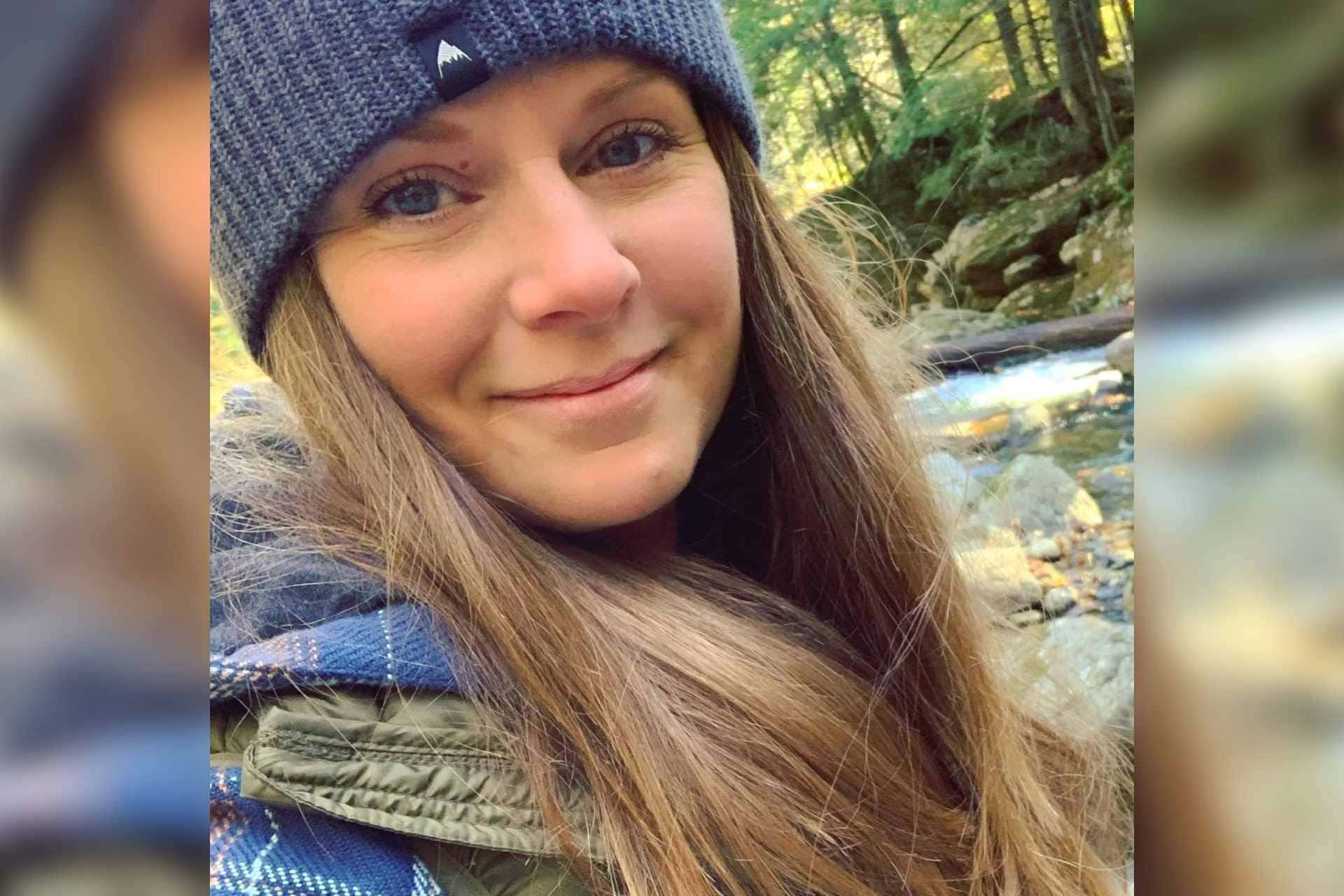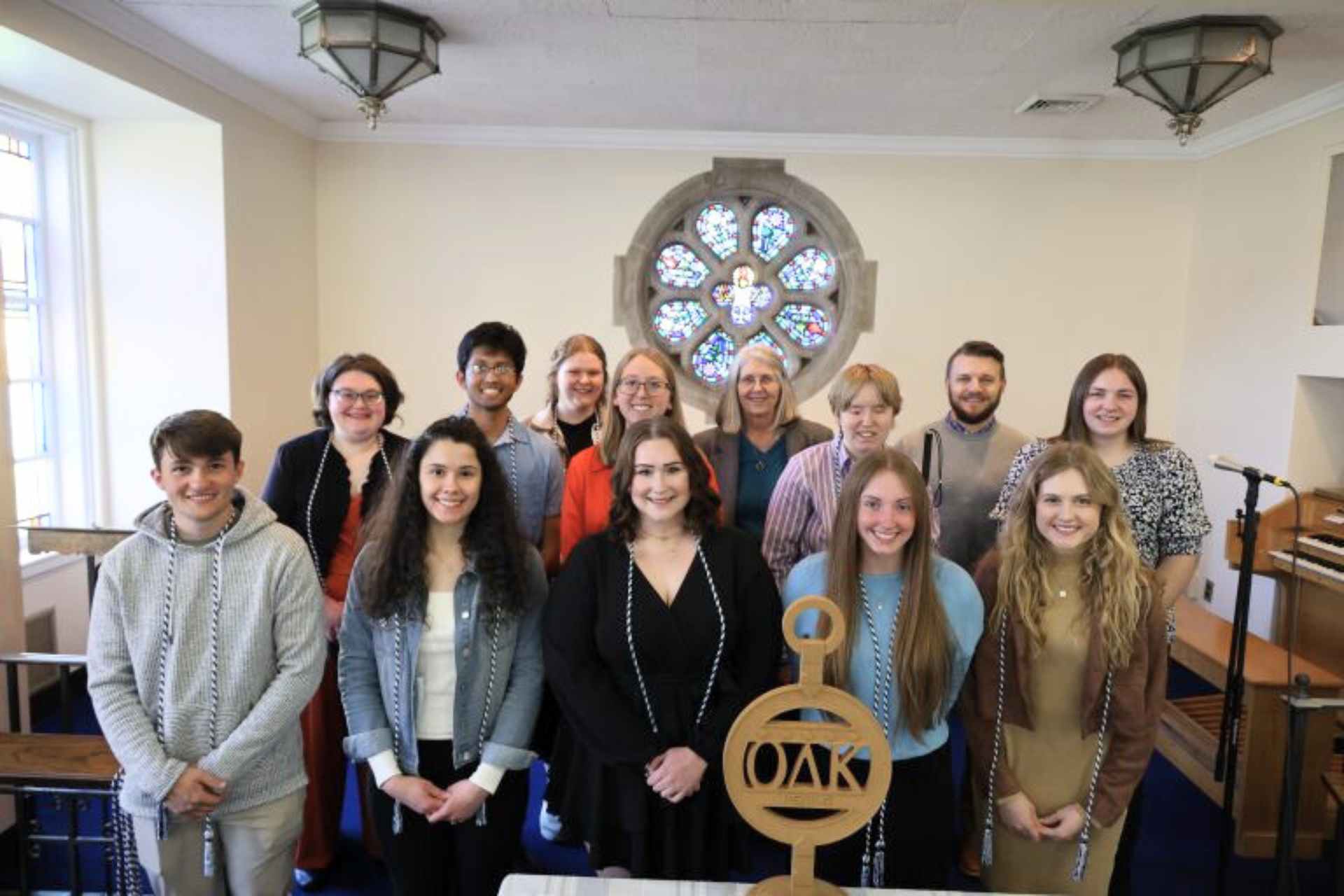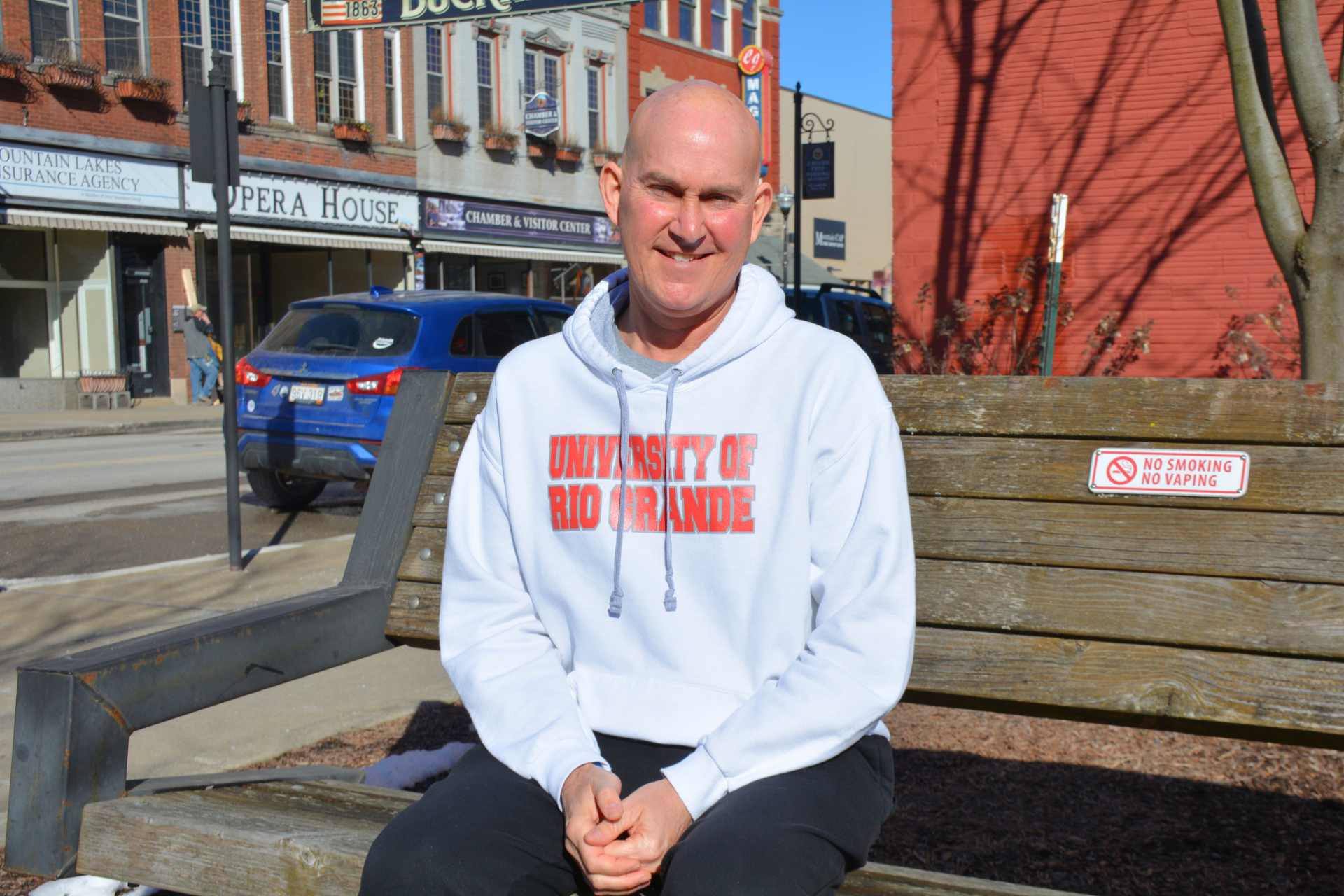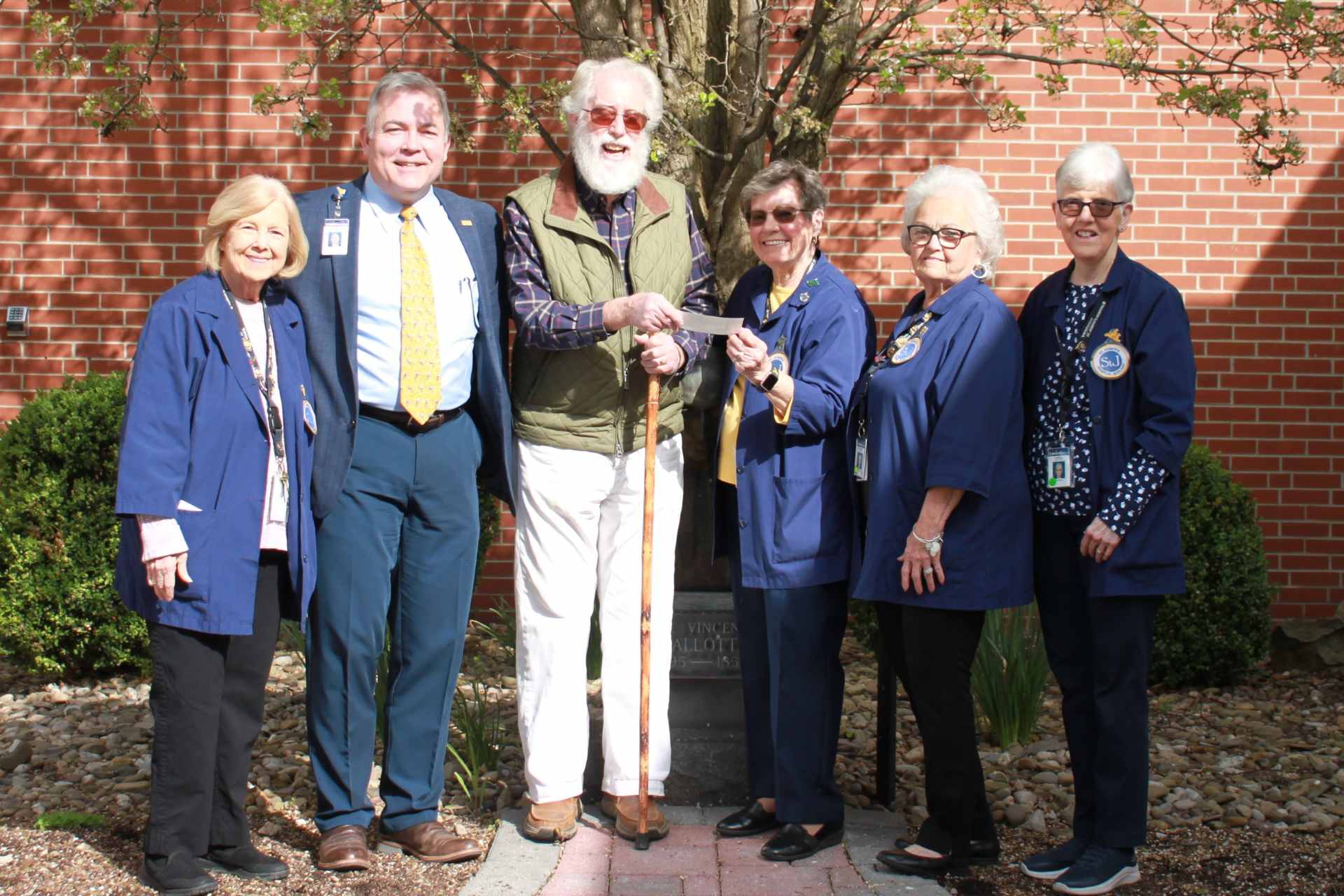BUCKHANNON – As outdoor enthusiasts explore Mother Nature while walking, running, hiking, or biking, many take notice of the natural world that surrounds them. Indeed, any avid wilderness explorer has noticed an array of beautiful, colorful mushrooms that grow in the wild — and maybe some people have even searched for wild mushrooms to eat.
Former Upshur County resident Heather Kessler became entranced with them.
My Buckhannon recently reached out to Kessler in hopes of learning more about mushrooms and how she became interested in foraging for mushrooms throughout the years in the Mountain State. Kessler regularly documents stunning photos of her finds while mushroom hunting on her Instagram account.
Kessler said the story begins when she worked as a network engineer in Denver before having her first child in 1999. A couple years later, in 2001, she was diagnosed with multiple sclerosis and decided to stay home and take care of her children. But in 2002, she moved back East to a 33-acre farm in Upshur County to be closer to family in Elkins, West Virginia and Winchester, Virginia.
While on the farm when her children were in school, Kessler started her own photography business but said complications from MS resulted in her quitting photography professionally.
“Soon after that, mushrooms would become a central focus of inspiration for my photography,” Kessler shared, adding that her other hobbies include hiking, camping, flat-water kayaking, photography, live music, travel, writing, drawing and reading. “I live in Morgantown where both of my children now attend West Virginia University.”
Kessler said she first started to notice mushrooms when hiking her property in Upshur County.
“Nature became an important factor in helping me manage my MS,” she said. “I would hike everyday – sometimes multiple times a day. I created walking paths and extended paths made by the deer and saw lots of mushrooms.”

She said at first, she was fascinated by the mushrooms’ whimsical appearances.
“Then I realized the more mushrooms I noticed, the more they appeared. Finding mushrooms in the woods, stopping to examine, photograph and appreciate them created an opportunity to be completely present with nature,” Kessler said. “When you are on ground level, you notice so many more things that otherwise would have gone unnoticed.”
Kessler said she realized she could be out in the woods for hours and completely lose track of time – but at the same time, she could ‘find herself.’
“I began to research the mushrooms I was finding, and I learned that many of them were not only edible but had healing and medicinal properties for both humans and the environment,” Kessler said. “I began taking spore prints and created maps of locations where I could find oyster mushrooms, chanterelles, Lion’s Mane, Reishi and morels. Each season brings new flushes of different mushrooms in West Virginia and every day is an opportunity to get out into the woods and find something new and different.”
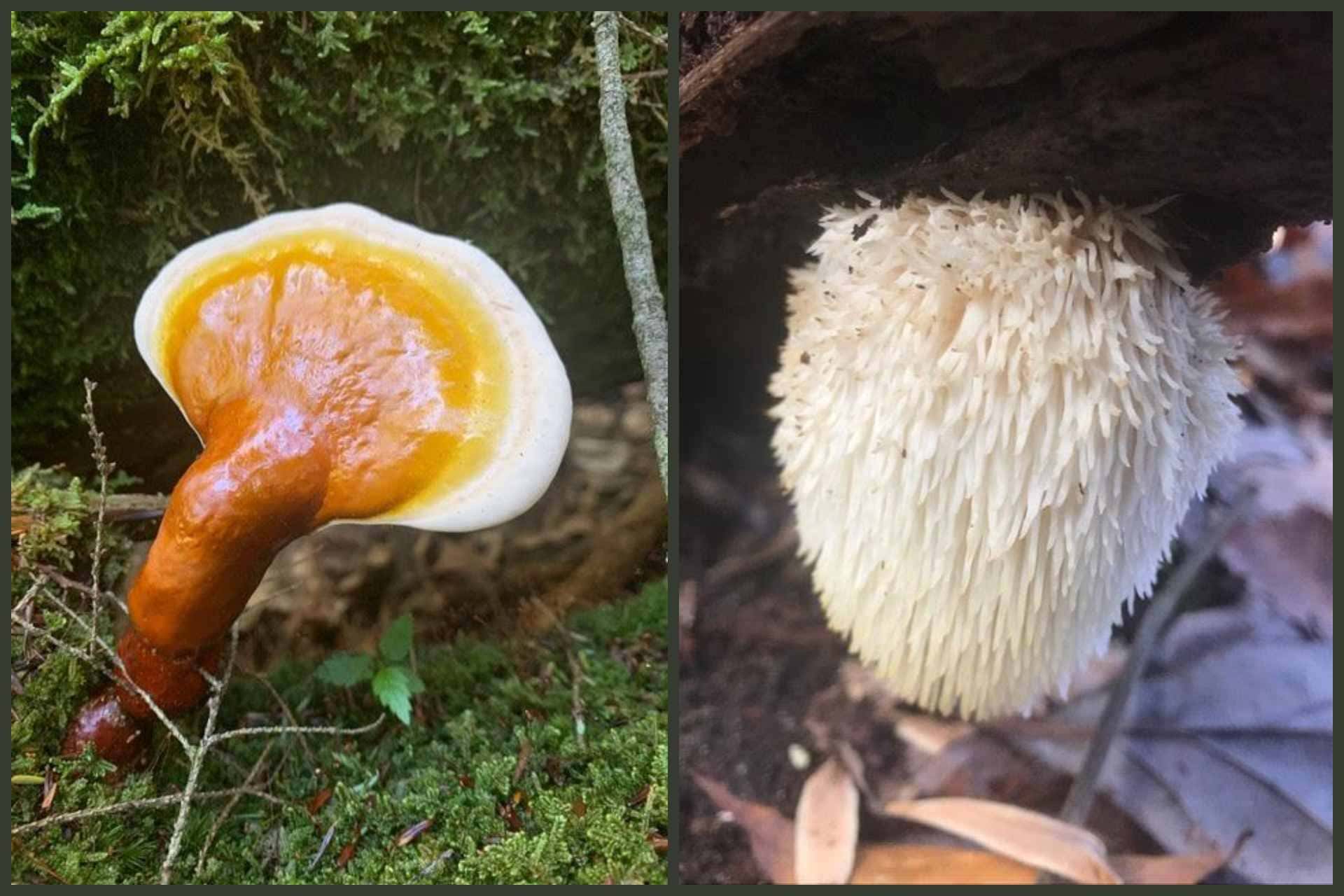
Each day, as Kessler sets out for her daily hike along with her dog, she said she does not always expect to find mushrooms.
“It’s kind of like they find you, and it always brings me to a sense of presence and brightens my day,” Kessler said. “Finding a rare or unique mushroom is, to me, like receiving a love letter from nature.”
Kessler said people can look for certain types of mushrooms on or around specific trees, on a specific substrate and during the appropriate times of the years. She recommends using a good field guide to assist in making positive identifications.
“Of course, there is now an abundance of videos on YouTube and online groups of mycophiles (a person who likes hunting for, cooking or eating mushrooms and other edible fungi) where you can exchange information and further deepen your understanding of mycology – the branch of biology concerned with the study of fungi,” Kessler said. “It has been my experience that many people are afraid of mushrooms! While there are indeed poisonous mushrooms growing among us, there are also an abundance of beautiful, harmless mushrooms all around that can be appreciated for their beauty, their culinary uses, their medicinal use and environmental benefits.”
Kessler cautions everyone that it is always imperative that a positive identification be made of the mushrooms before eating them. She said she currently does not grow mushrooms at her home; however, she said at some point in the future she plans to do so.
When asked what her greatest mushroom find is, Kessler said she considers that to be the Lion’s Mane.
“I remember noticing a shift in my awareness as I was walking through the woods one afternoon, and I paid attention,” Kessler said. “I felt a sensation that something amazing was about to happen, and I looked up to see a spot of white about 30 yards from me. I kept my eye on the spot and after dodging spider webs, I climbed over logs, through nettles and prickers to the creek which ran through my property.”
Kessler said there was a downed tree stretching across the creek and on the underside of the tree, she found two beautiful Lion’s Mane mushrooms.
“I had to pause. I felt an abundance of gratitude and knew this was meant for my discovery,” Kessler said.
She said mushrooms are a vast information highway, and they exchange nutrients and vital information about the environment beneath your feet to plants, trees and animals that live there. Mushroom mycelium is in constant biochemical communication with its ecosystem, and one cubic inch of soil can hold more than eight miles of mycelium – which is the vegetative part of a fungus, Kessler said.
“Lion’s Mane, or Hericium Erinaceus, is highly valued for its neurotrophic properties,” she said. “Having MS and having a great interest in studying the human nervous system, I interpreted this as a message from nature to examine this mushroom more closely. Since then, I take a daily Lion’s Mane mycelium supplement in hopes of maintaining a healthy nervous system.”
Kessler said the supplement is a powerful antioxidant and anti-inflammatory, known for its ability to stimulate cognitive function, enhance memory and encourage regrowth and recovery of nerve function.
Another of Kessler’s favorite mushrooms is Reishi or Gandonerma Lingzhi, which is considered to be the mushroom of immortality. She said they contain powerful anti-inflammatory properties and can be capable of relieving inflammation. She said they are rich in antioxidants and have been reported to be used to help improve sleep, mood, anxiety and depression.
Turkey Tail or Trametes Versicolor is a mushroom found abundantly around the world and has been used in Japanese and Chinese medicine for centuries. “Turkey Tail mushrooms are abundant in nutrients, vitamins and minerals,” she said.
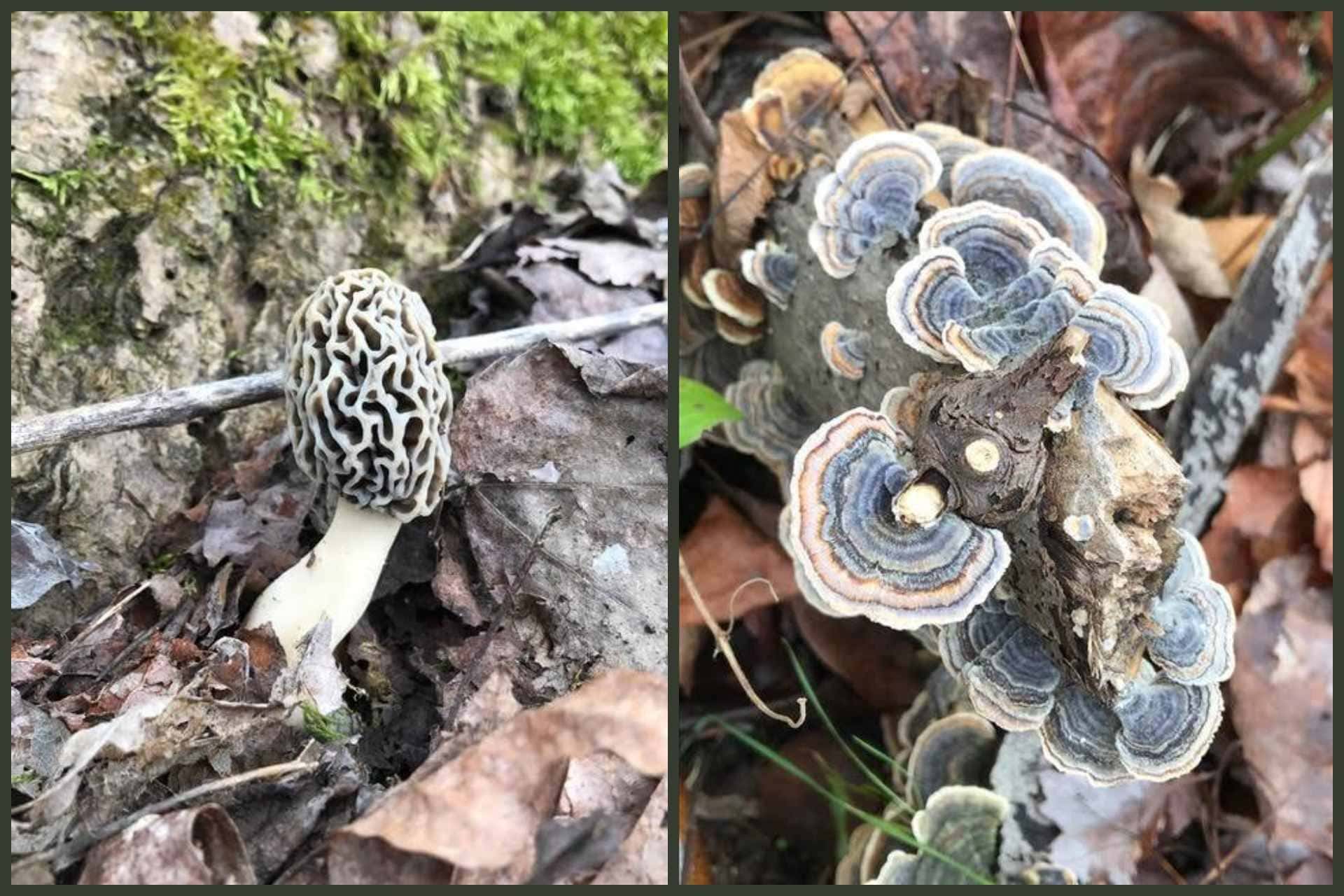
Turkey Tail (Trametes versicolor) is found abundantly around the world and has been used in Japanese and Chinese medicine for centuries. They are commonly used in cancer therapy to kill cancer cells and tumors, while supporting the immune systems of patients undergoing chemotherapy. They also help lower levels of glucose in the bloodstream, helping to manage blood sugar levels in people with diabetes. Turkey Tail mushrooms are abundant in nutrients, vitamins and minerals.
Kessler said anyone wanting to learn more about mushrooms should check out Paul Stamets, who is a mycologist, author and teacher and watch the film “Fantastic Fungi – The Magic Beneath Us.”
Kessler shared some interesting facts, saying that a company based out of New York called Ecovative Design has developed a technique for growing mushroom mycelium into shapes resembling products currently made from harmful plastics.
“The resulting products are biodegradable and proving stronger than many other products made of plastic,” she said. “Pestalotiopsis microspora consumes polyurethane, a key ingredient in single-use plastic products, and converts it to organic matter. It can live without oxygen, suggesting great potential for feeding on cleaning up landfills.
“Recently discovered in Chernobyl are some black fungi containing high levels of melanin that have demonstrated the ability to actually consume radiation and convert it to organic material,” Kessler said. “These discoveries can potentially be proven effective to protect humans and equipment on the international space station. Also, mycelium is being used to create products as tough and pliable as leather or as hard and sturdy as wood.”
To keep up with Kessler’s adventures in mushrooming, follow her on Instagram at @heatherkesss.
